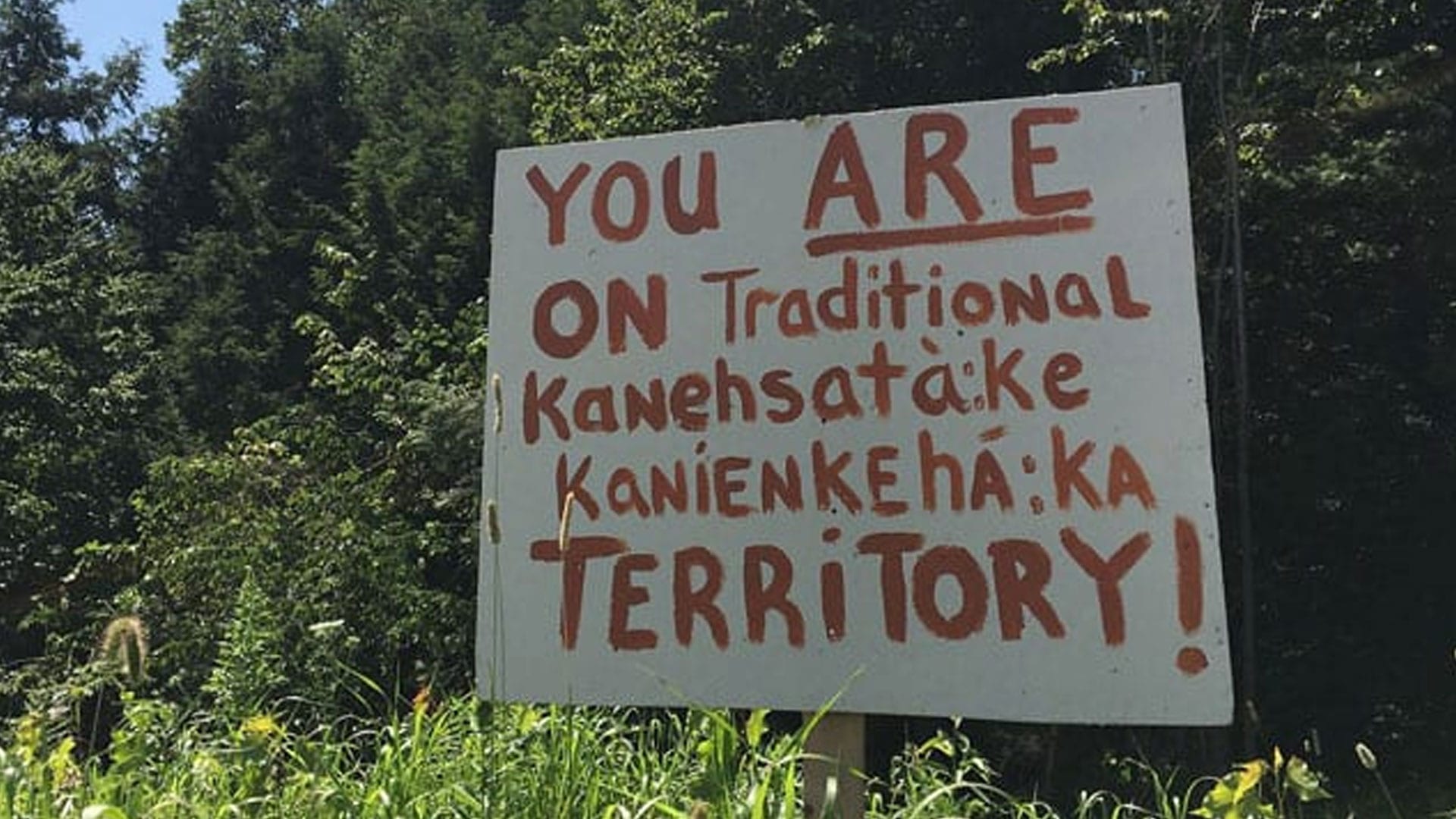In 2020, Letitia Wells left her job at Indian Oil and Gas, an agency of Indigenous Services Canada because of the discriminatory behavior of her co-workers and managers.
A year later, she turned to the media for help.
“There’s a huge fear for Indigenous people, especially Indigenous women, to speak out against this because there are no safety outlets to protect us,” Wells told APTN News in 2021. “We are the target of violence, and they get away with it because it’s built into their institutions.”
In that same year, ISC Minister Patty Hadju said she was “horrified” by what she’d heard about Wells’ situation and a third-party review that looked at the situation with Indigenous people inside her department.
But fast forward to 2023, the government hasn’t released its own report publicly, nor will it say whether one has taken place.
Wells told Nation to Nation this week it is unfortunate the government has failed to act upon the recommendations in a third-party review by TLS Enterprises almost two years ago.
APTN News sent several requests to Crown-Indigenous Relations and Northern Affairs Canada, or CIRNAC and ISC asking for a copy of any reviews that covered this issue. The government didn’t provide that information.
Read More:
In an emailed statement from the joint CIRNAC-ISC media relations team, the government is working on it.
“The Government of Canada remains firmly committed to ensuring the health, safety and well-being of all employees,” the email said. “The stories we have heard are heartbreaking. Any form of racism, harassment, or discrimination is entirely unacceptable. We take all allegations very seriously and are committed to making serious reforms to prevent these abuses from happening going forward.”
But Wells said it’s not enough.
“I think the government does not take these complaints seriously at all,” she said. “I don’t how we’re able to decolonize an institution within the federal government in reconciliation with these systemic investigations that uphold systemic standards. I think the biggest problem is they do not understand the recommendations on how to align with operational plans because the cultural competency within the recommendations within the recommendations is misunderstood. The government has a huge problem of trying to solve Indigenous problems from an approach of top-down theory.”
She said the government needs to put in place real consequences for employees who engage in discriminatory behaviour, utilize and provide better treatment of elders and provide better support for employees who are experiencing trauma.
The Canadian military and the Oka Crisis
A First Nations veteran also talked to N2N about how the 1990 Oka crisis in Quebec and the racism and stress he endured as a result was the tipping point for him to leave the military after a ten-year career.
In the early 1990s, members of the Mohawk territory of Kanesatake blocked a road leading to the community after the town of Oka granted a developer permission to expand a golf course on a burial ground. The standoff lasted 78 days in 1990.
“When the government of the day called out the military against its own citizens, that was a pretty horrific time for Indigenous veterans and Indigenous serving members. I have talked to others and they were in the same boat. Some people just got up and left the military because they just simply cannot take up arms against themselves of course. It was a dark time, it was a tough time and it was a tough time for Canada as well.”
After leaving the military in 1993, O’Loan said he went on to earn a Masters in Canadian Studies from Carleton University and went on to serve as an advisor to Murray Sinclair, chair of the Truth and Reconciliation Commission.
Today he is a high-in-demand public speaker who speaks on such topics as racism in the military, post-traumatic stress disorder and reconciliation.
Faces to Graves

Lastly, N2N spoke to Pieter Valkenburg, a researcher with the Faces to Graves project. The project is trying to locate the photographs of two First Nations veterans- Benjamin Roy Ashkewe and Charles Thomas Nanibush – who died in the Second World War and are now buried in a Canadian cemetery in the Netherlands.
“I do not forget, they have to be remembered and their sacrifice should never, ever be forgotten,” said Valkenburg, who is Dutch-Canadian.
Anyone with information that might help in locating the photos of these two veterans is asked to contact Pieter Valkenburg via email at [email protected].












